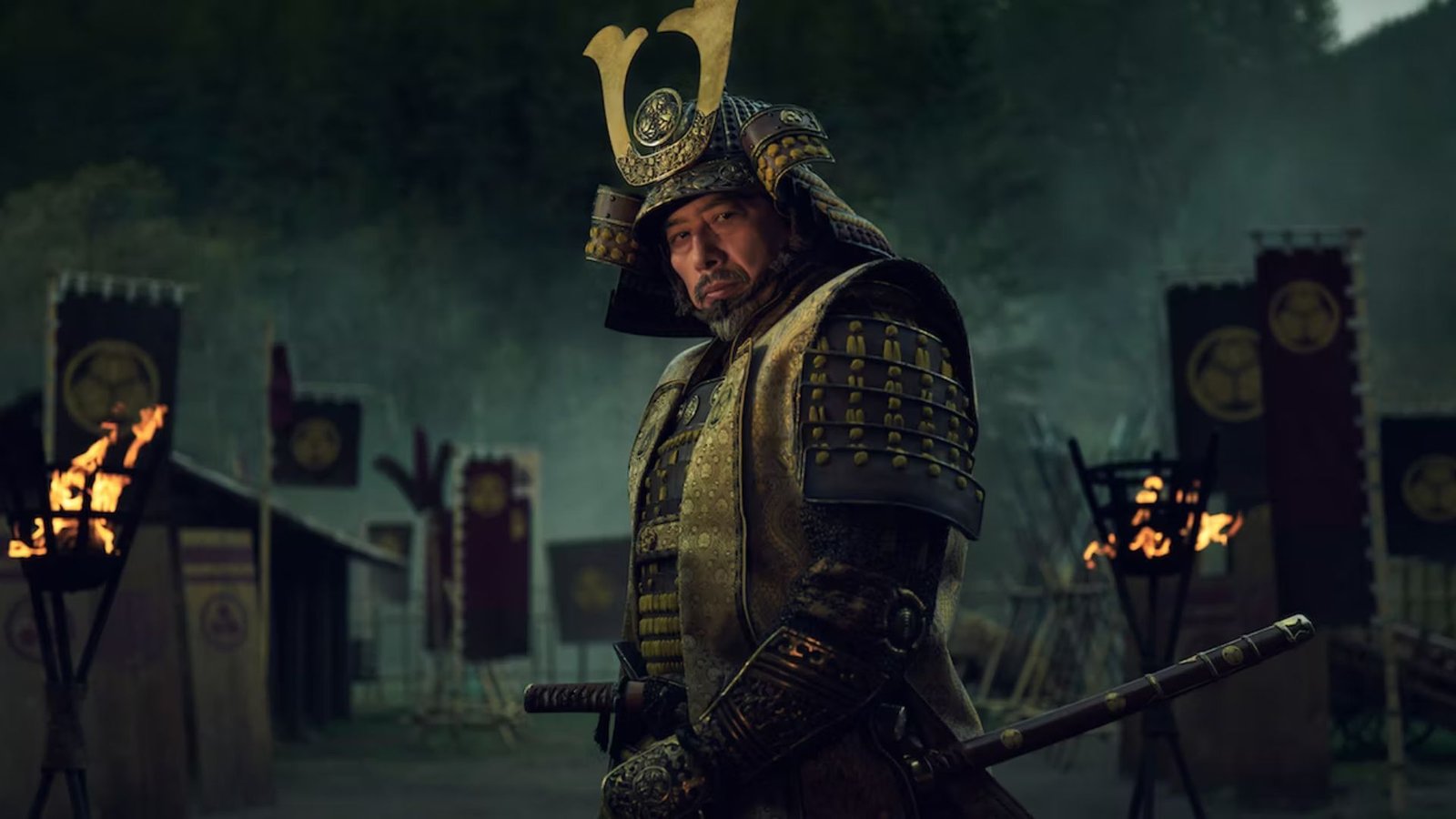How Japanese Cinema Portrays Samurai Culture
Japanese cinema has a long and rich tradition of depicting samurai culture, often exploring themes of honor, loyalty, duty, and the conflict between personal desires and societal expectations. Through these films, audiences gain a deep understanding of the samurai way of life, their moral code (bushido), and the historical context in which they lived.

The Essence of Bushido: Honor and Loyalty
One of the central themes in samurai films is bushido, the code of honor and morals developed by the Japanese samurai. Films like Seven Samurai (1954) by Akira Kurosawa and Harakiri (1962) by Masaki Kobayashi highlight the importance of loyalty, duty, and sacrifice in samurai culture. These films often depict samurai who are willing to give their lives for their lords, demonstrating the deep sense of duty that defines their identity.
The Conflict Between Duty and Personal Desires
Samurai films often explore the tension between personal desires and the obligations imposed by bushido. In The Twilight Samurai (2002), directed by Yoji Yamada, the protagonist is torn between his duty as a samurai and his love for a woman. This internal conflict is a recurring theme in samurai cinema, where characters must navigate the difficult balance between their personal lives and their duty to their lord and society.
The Samurai as a Tragic Hero
Many samurai films portray the samurai as tragic heroes, bound by a strict code that often leads to their downfall. Rashomon (1950) and Yojimbo (1961), both directed by Akira Kurosawa, present samurai as complex characters whose adherence to bushido often results in personal tragedy. These films highlight the rigid social structures of the time, where a samurai’s honor often comes at a great personal cost.
The Decline of the Samurai Era
The decline of the samurai class and the transition to the modern era is another prominent theme in Japanese cinema. Films like The Last Samurai (2003), while Hollywood-produced, capture the essence of this transition, showing how the samurai struggled to maintain their relevance in a rapidly changing world. Japanese films like Samurai Rebellion (1967) also depict the end of the samurai era, focusing on the conflicts and challenges faced by samurai as they navigate a society that no longer values their traditional role.
Cinematic Techniques and Visual Representation
Japanese directors have used a variety of cinematic techniques to portray samurai culture authentically and artistically. Akira Kurosawa, for instance, was known for his use of wide shots, natural landscapes, and dynamic action sequences to capture the essence of samurai life. The visual representation of samurai, from their armor to their swords, plays a crucial role in these films, adding to the authenticity and depth of the portrayal.
The Influence of Samurai Cinema on Global Film
Samurai films have had a significant influence on global cinema, inspiring filmmakers around the world. The themes of honor, loyalty, and the tragic hero have resonated with audiences far beyond Japan. Kurosawa’s Seven Samurai was remade as The Magnificent Seven (1960) in Hollywood, and the influence of samurai films can be seen in the works of directors like George Lucas and Quentin Tarantino.
Conclusion
Japanese cinema’s portrayal of samurai culture offers a deep and nuanced exploration of the values, conflicts, and historical context of the samurai way of life. Through their complex characters, moral dilemmas, and stunning visuals, these films provide a window into a world where honor and duty were paramount, often at great personal cost.



